The 10 most common causes of roof leaks include age-related wear and tear, broken or missing shingles, clogged gutters, chimney damage, roof vent problems, holes from weather, attic condensation, cracked flashing, improperly sealed valleys, and poorly installed skylights. Aging asphalt shingles can also lose the petrochemical oils that keep them flexible, leading to granule loss and cracks that raise your risk for a leak. All of these problems can result in mold, rot, and costly structural failures over time.
| Time to Read | 10–12 minutes |
| What You’ll Learn |
|
| Next Steps |
|
Roof leaks are a common problem for homeowners, and all too often the root cause doesn’t become obvious until it’s already way too late. By the time you spot ceiling stains or notice a musty odor, water damage is already well underway and eating away at the value of your home.
The good news? Leaks are by definition easier and more affordable to prevent than they are to fix after the fact. Knowing how and why they develop will help you care for your roof more effectively over the years.
Below, you’ll learn the top 10 causes of roof leaks and why features like flashing and valleys are particularly vulnerable to them. We’ll also tell you how Roof Maxx treatments can help by extending the lifespan of your current asphalt shingles so they provide better and longer protection against the elements.
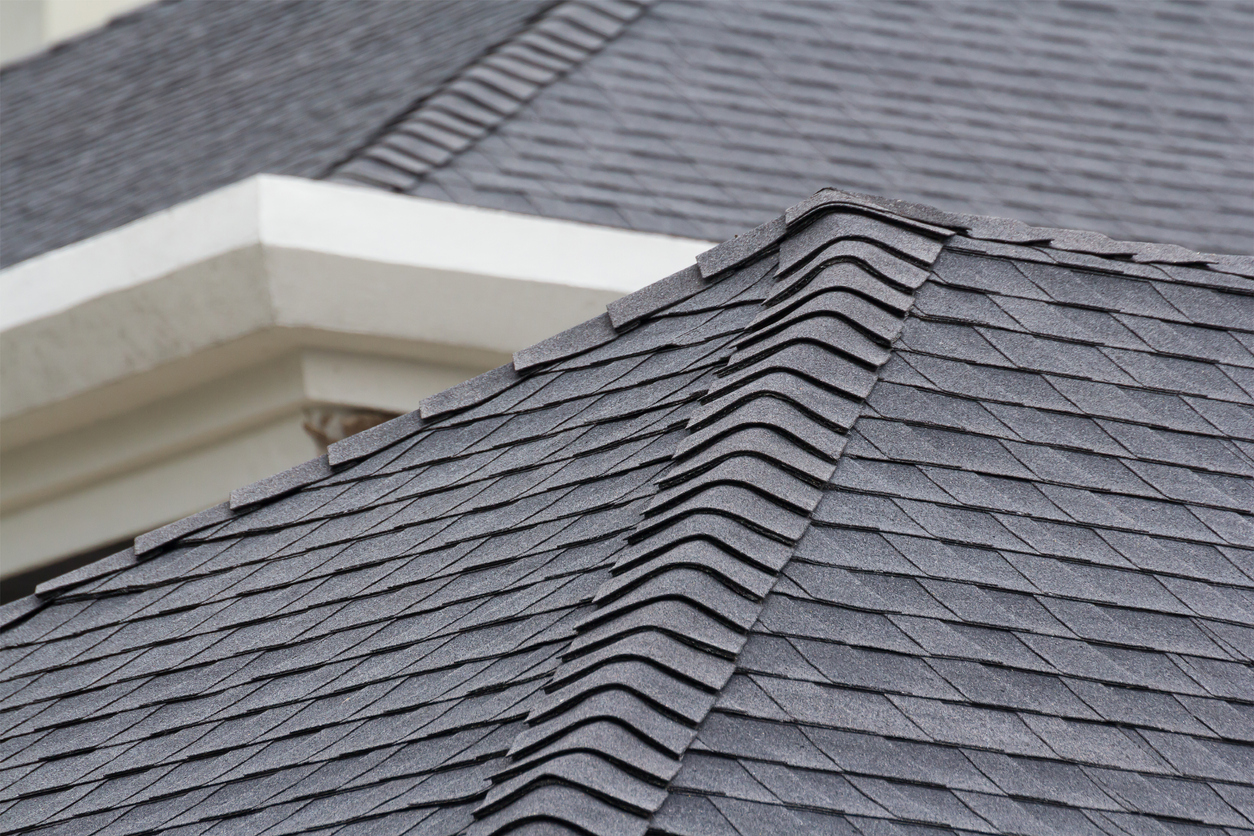
Asphalt shingles contain petrochemical oils that allow them to expand and contract. On a new roof, they’re very flexible and easy to bend in half without cracking or breaking, but they tend to become brittle from exposure to the weather over the years.
That’s when you’ll start seeing:
Yearly inspections and timely repairs are the best way to avoid problems like these, but Roof Maxx can also make a real difference. Our eco-friendly, soy-based formula soaks deep down into aging shingles to replace the oils they lose over time so they become flexible and supple again.
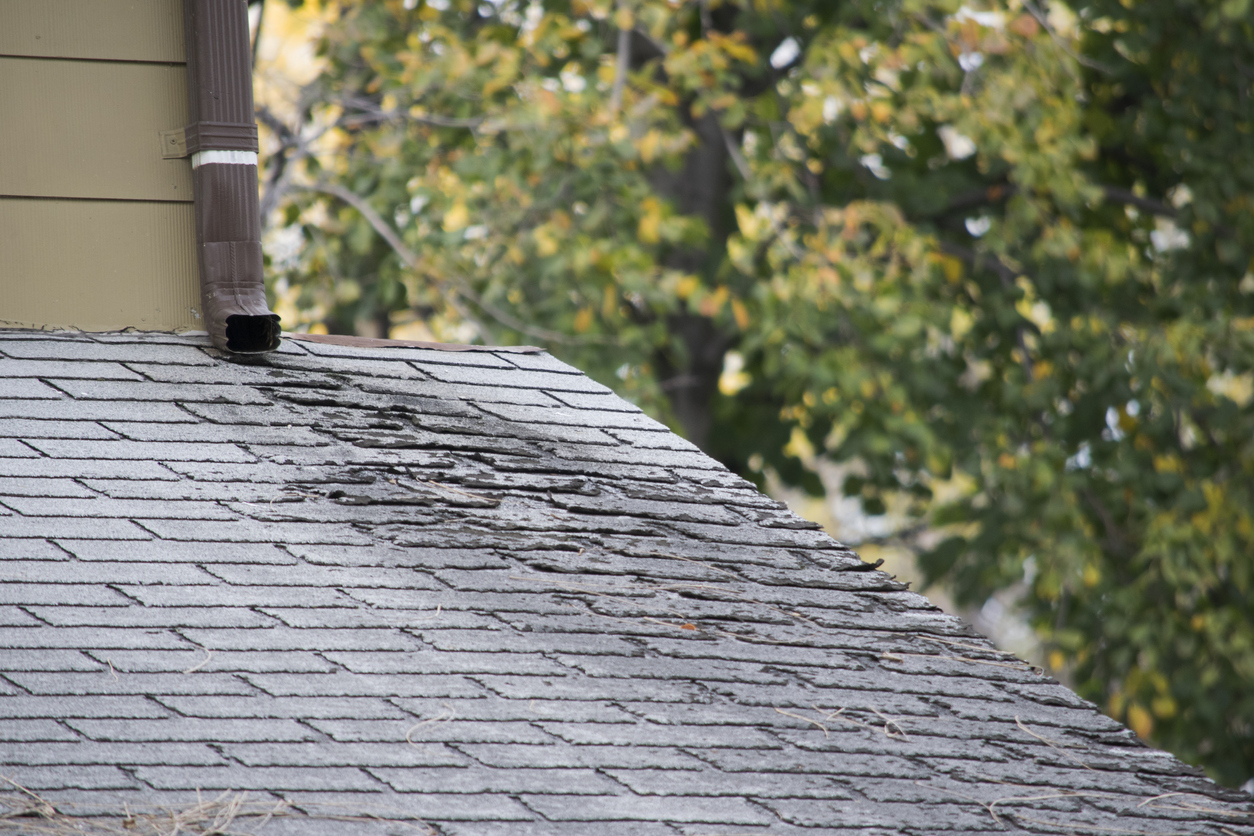
When shingles break off or blow away completely, they leave behind exposed patches of roof decking and underlayment that aren’t properly protected from the elements. Even a single missing shingle creates a direct pathway for moisture, ice, and snow to press up against your roof.
The more missing shingles, the higher the risk for:
The answer is to check for missing shingles after every storm and at regular points through the year. Have them replaced immediately, ideally by a professional roofer.
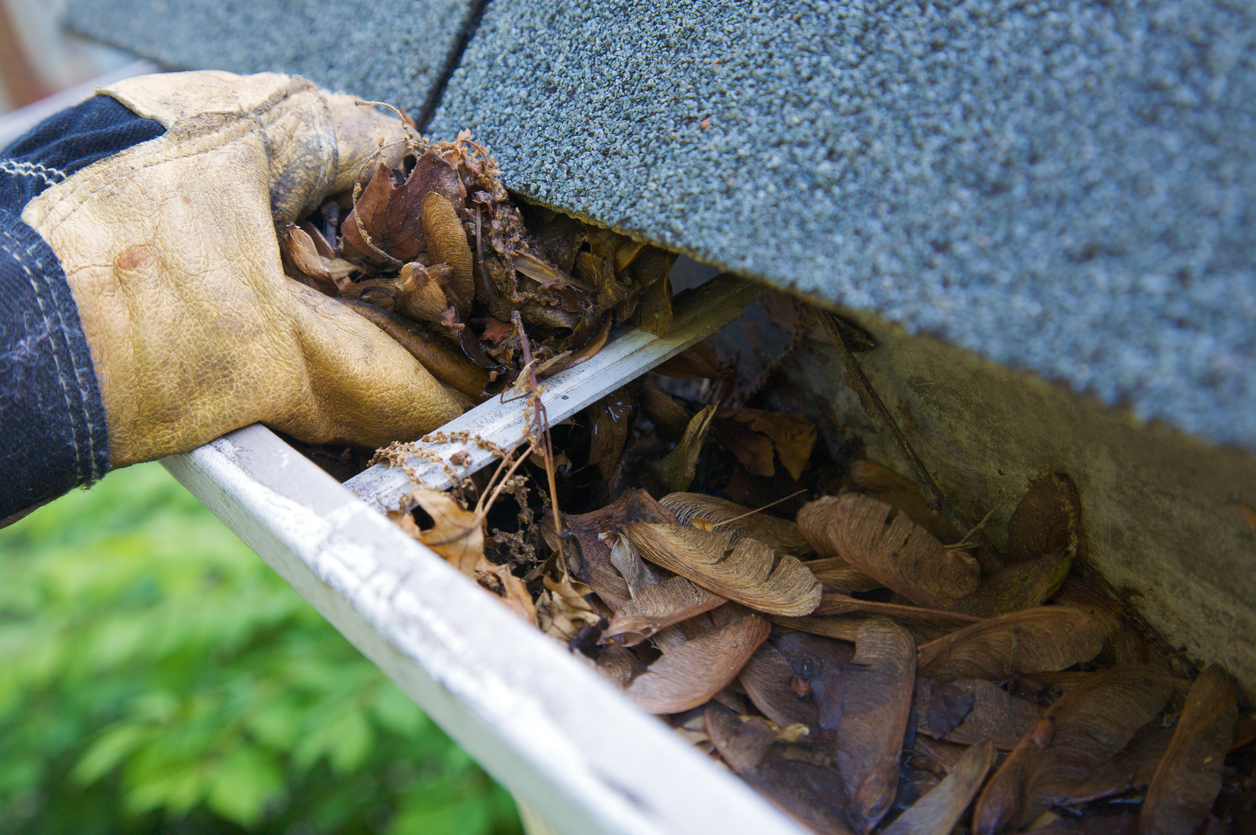
When gutters fill up with leaves, twigs, and debris, they can’t channel water away from your home effectively. It tends to pool up or spill down along the walls and foundation instead.
This can lead to:
Prevention is relatively easy. Clean your gutters at least twice yearly and after storms, and consider installing gutter guards to help reduce the buildup.
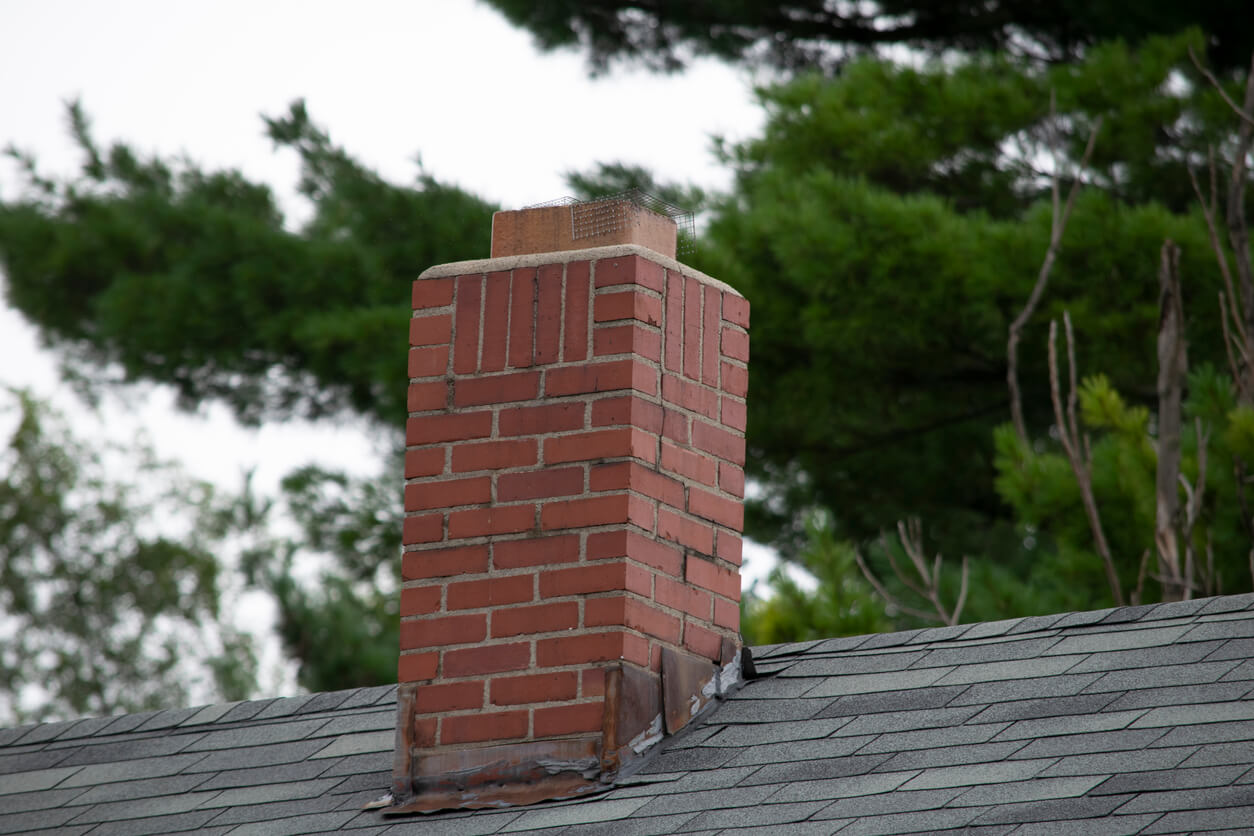
Chimneys are one of the most common places for leaks to happen because of the way the brick, mortar, and flashing intersect and overlap with each other. Each connection point is another potential weak spot that can develop a crack and let water in.
Moisture intrusion around the chimney tends to result in:
Chimney problems like these tend to worsen over time relatively quickly. The biggest risk is to the integrity of your roof itself, but if the deterioration is severe enough, it can also raise your risk for a fire. Leaks around roof flashing are particularly common and should always be repaired right away.
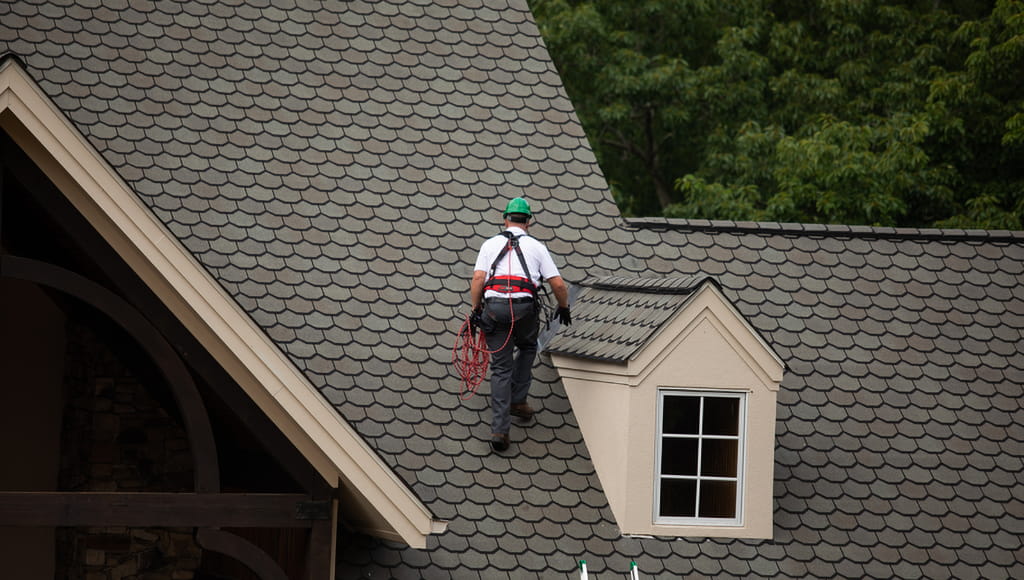
Roof vents help your attic breathe by letting hot air and moisture escape, but like any other entry point to your home, they’re also vulnerable to leaks. The seals, rubber boots, and covers on and around vent pipes, exhausts, and other features can crack or even shift out of place over time.
If you have this issue, you’ll typically see:
To avoid this problem, have someone look at your vents yearly and check to make sure there’s enough air flow moving through spaces. Replace any missing or brittle seals right away.
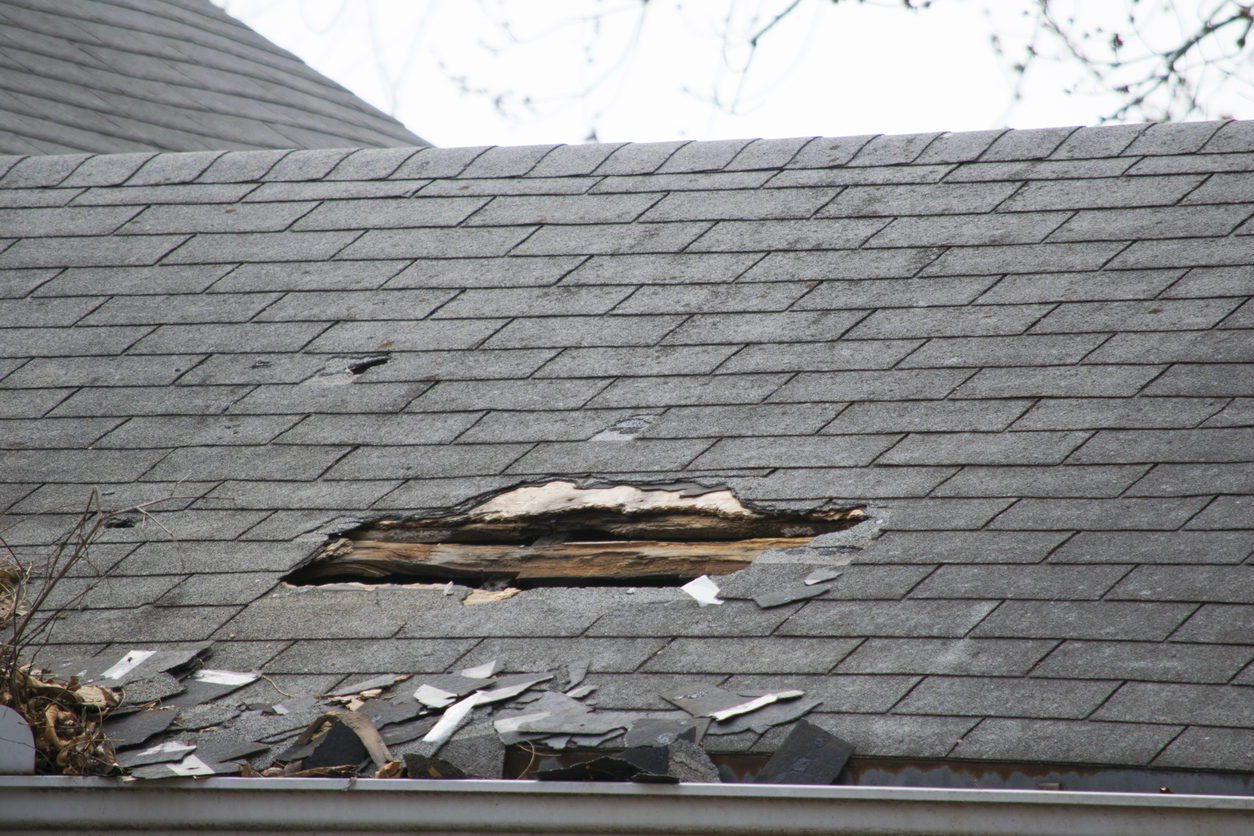
It’s rare for visible holes to develop out of the blue, but it can happen as a result of rot in the wood decking, impact damage from severe storms, and in some cases, pests. If they’re small, you won’t be able to see them without getting up on the roof, so this is another reason yearly inspection matters.
Common symptoms include:
Regular roof maintenance and shingle care can help, but if you do find a hole, consider it a roofing emergency. Cover the area with a tarp (if you can do so safely) and call a professional right away.
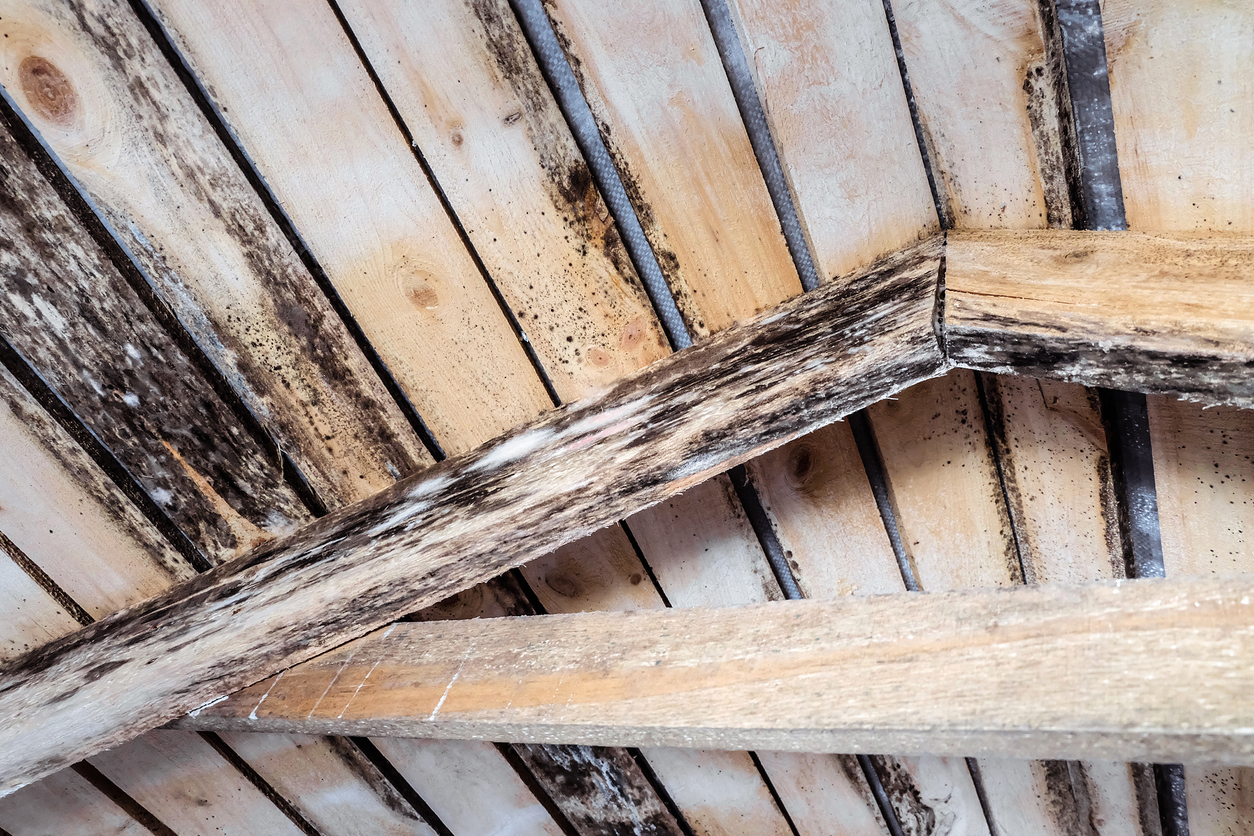
During the cooler months, warm air can drift up into your attic and cause condensation if you don’t have enough ventilation in place. If you don’t spend a whole lot of time in your attic, you might only notice the problem when mold starts developing on your roof, walls, or windows inside your home.
Other signs of attic condensation problems include:
The fix is to improve the ventilation in your attic by installing better intake and exhaust vents. You also want to seal any air leaks between your living space and attic, as these can make the problem worse.
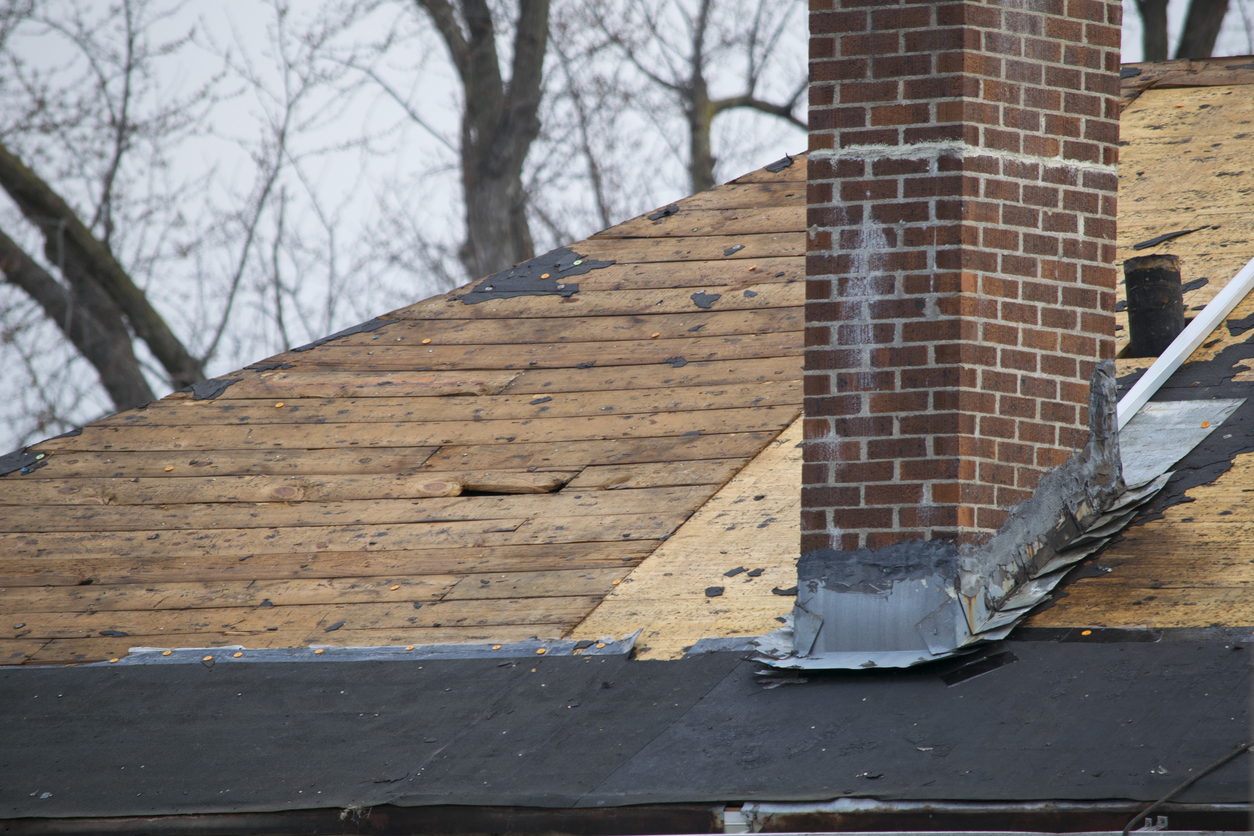
Flashing is the thin metal that seals joints and transitions on your roof. When it cracks, shifts, or pulls away from attached surfaces, the resulting gap can let a substantial amount of water in.
The symptoms can manifest in a few different ways:
It’s best to check your flashing for problems after every storm, if possible. Have any areas that start to flake apart or become brittle resealed right away by a qualified professional.
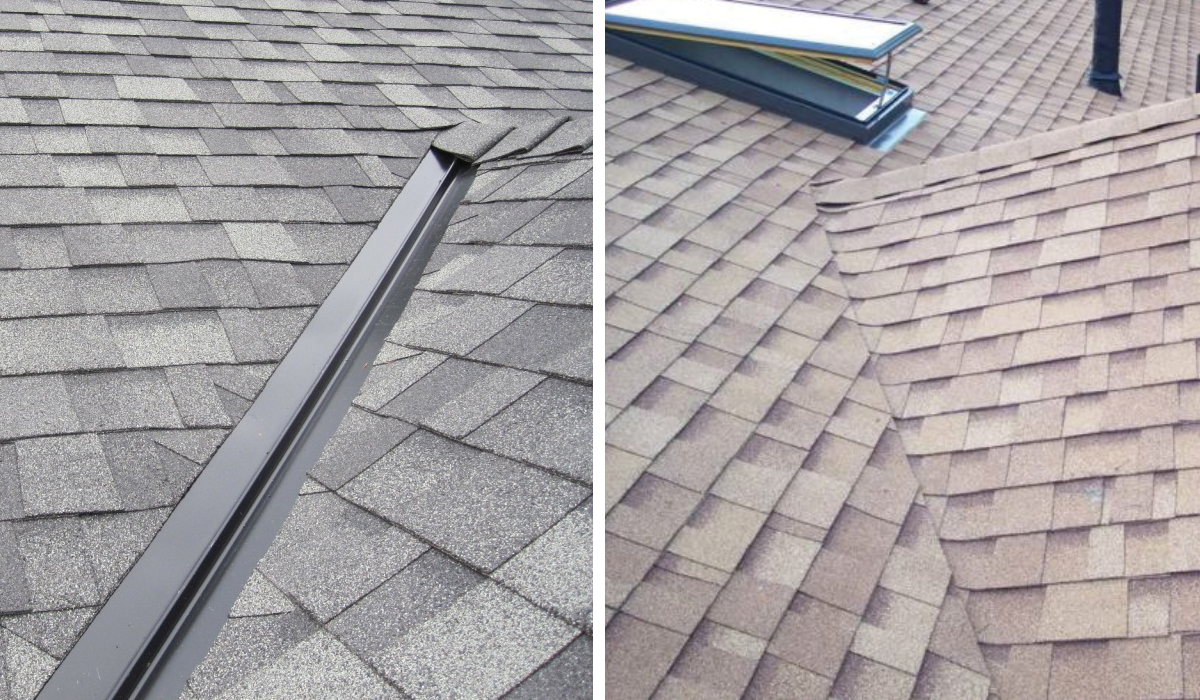
A roof valley is the point where two slopes meet, and it’s designed to help water flow off of the roof more efficiently. As you might infer from this description, this feature is constantly exposed to water, so it needs to be installed and sealed correctly or else leaks can happen.
Signs of valley sealing problems include:
Inspect your valleys after heavy rains and during seasonal roof checks, but also be sure to clear any debris that blocks the flow so it can’t pool up on the surface.
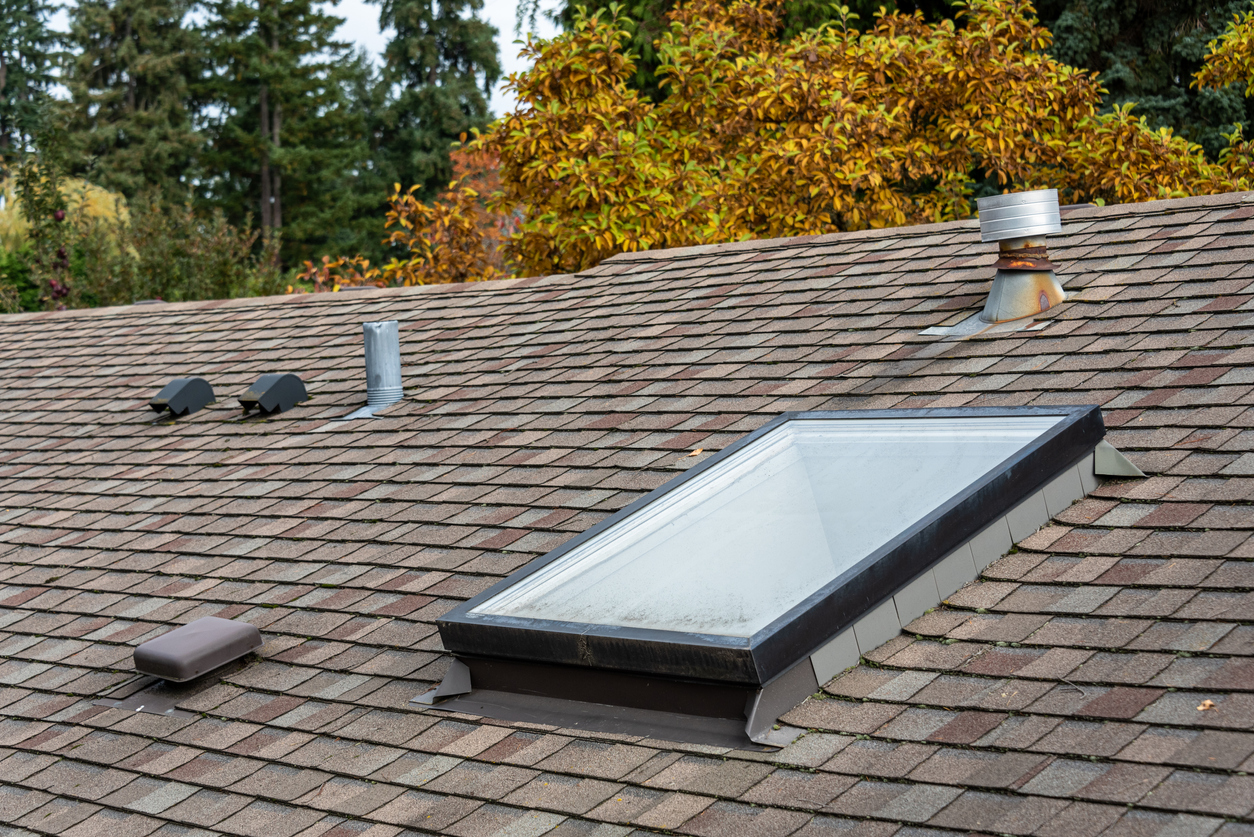
Skylights let natural light into your home, but they’re also another common source of roof leaks. As with roof vents, if they aren’t installed correctly or the seal around the edge starts to break down, water can leak in around the edges every time it rains.
Keep an eye out for:
For the best chance at avoiding this one, make sure your skylights are fitted and installed properly by a licensed professional. Then, have them inspected whenever someone comes to check out your roof.
Regular inspections and repairs will always be your best defense against leaks, regardless of how they start or where they happen on your roof. Today’s asphalt shingles don’t last as long as they used to, so it’s equally important to keep an eye out for early signs of damage, like granule loss.
Roof Maxx is a sustainable, soy-based rejuvenation solution that helps homeowners just like you get more life out of their roof and avoid big-ticket repairs. Find a dealer in your area now to get a quote!
With our five-year, transferable warranty, you’ll enjoy the peace of mind that your roof and entire home are protected.